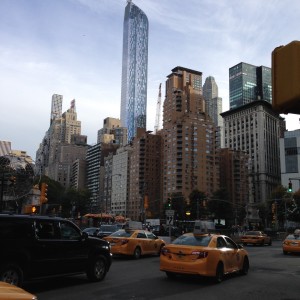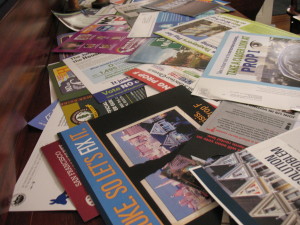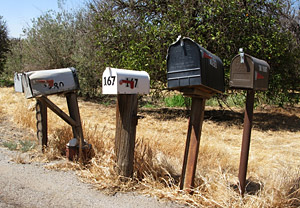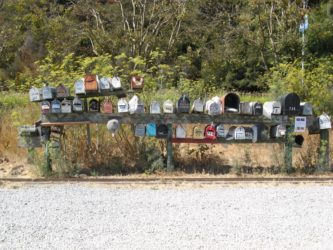


Once again our mailboxes have been filled to overflowing with election mail, despite it being a non-presidential election year. In San Francisco, the local ballot measures address such issues as housing affordability and population growth, construction and height limits, stricter regulation of short-term housing rentals, and more. A few of these measures have been highly contentious and caused deep acrimony within the city.
This year’s election mail was especially overwhelming in District 3, in the northeast corner of the city, where a hotly contested race for district supervisor took place. In social media postings by my friend and board colleague Reese Isbell, he notes that $1.6 million has been spent so far in that district, with the final total likely to hit $2 million. With an anticipated 10,000 voters in the district, that comes to about $200 per voter on this one issue alone.
These are not strictly local issues, however; rather, they are reflective of broader cultural wars throughout the country. As a recent visitor to New York City, it was clear that the traffic was denser than ever, frustrating the cab drivers and causing skirmishes between people, bicycles, and cars and trucks. Sirens from fire trucks, ambulances and police cars were abundant, and construction cranes were apparent throughout the city.
One new structure, just south of Central Park, towers above the other tall buildings, a single, out-of-place obelisk in the sky. Nearby, a new tower is rising to compete with the first, both of them obliterating views and casting shadows upon the park.
Another especially hot election issue in San Francisco that is reflected in other locales, including New York City, is the proliferation of short-term rentals of homes and apartments in residential neighborhoods. According to a recent article by Steven Hill, a senior fellow with the New America Foundation, 40% of these rentals are by owners who are renting out multiple properties, thereby running de facto hotels and removing critical housing from the rental and sales markets in cities and towns in need of more housing for its residents.
The campaign measure to apply stricter regulations to the short-term rental market in San Francisco is being outspent by 10 to one by one of the giants of the shared apartment rental industry. This one measure generated more election mail citywide than any other.
Though these thorny issues are unlikely to be fully resolved at the ballot box, the election gives voters in San Francisco an opportunity to weigh in on what is going well and what is not.
Election mail is especially important to travelers. For many years, along with the voter pamphlet, my ballot has been mailed to me as an absentee voter. I fill it out at home as I research the candidates and issues, and return my marked ballot to the elections department by walking it in person to City Hall. Voting absentee is becoming increasingly common, as garages, firehouses, libraries and other public buildings fade as the primary polling locations.
Although there likely will come a time in the not too distant future when people vote via the Internet, we now rely on the U.S. Postal Service to deliver these important documents, as well as the massive advertising that is generated during elections. Make it worth the effort and vote on Nov. 3!
Sources: San Francisco Examiner. Opinion. Nov. 2, 2015.





chet roaman
3 Nov 2015What great timing for this to arrive on election! day!